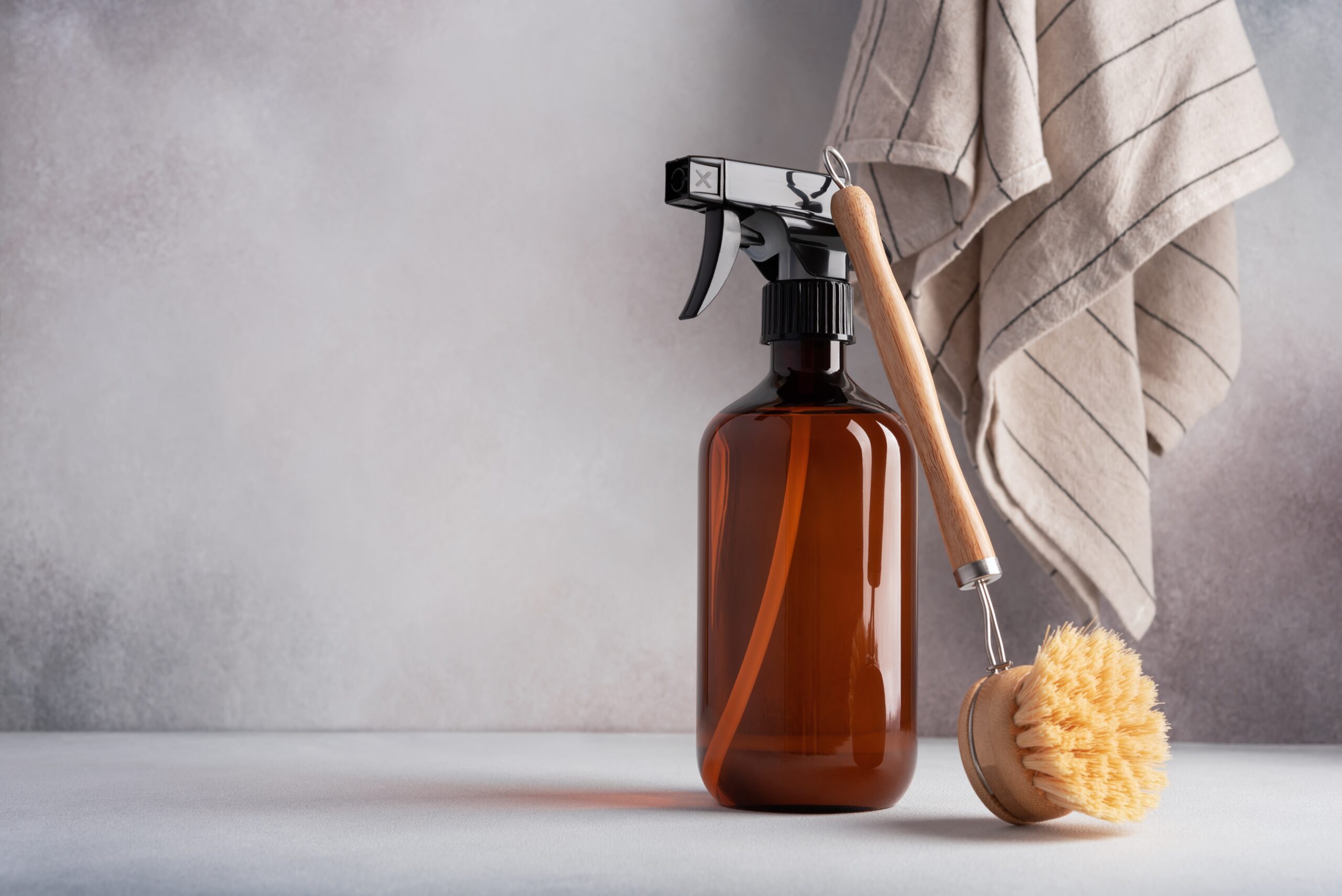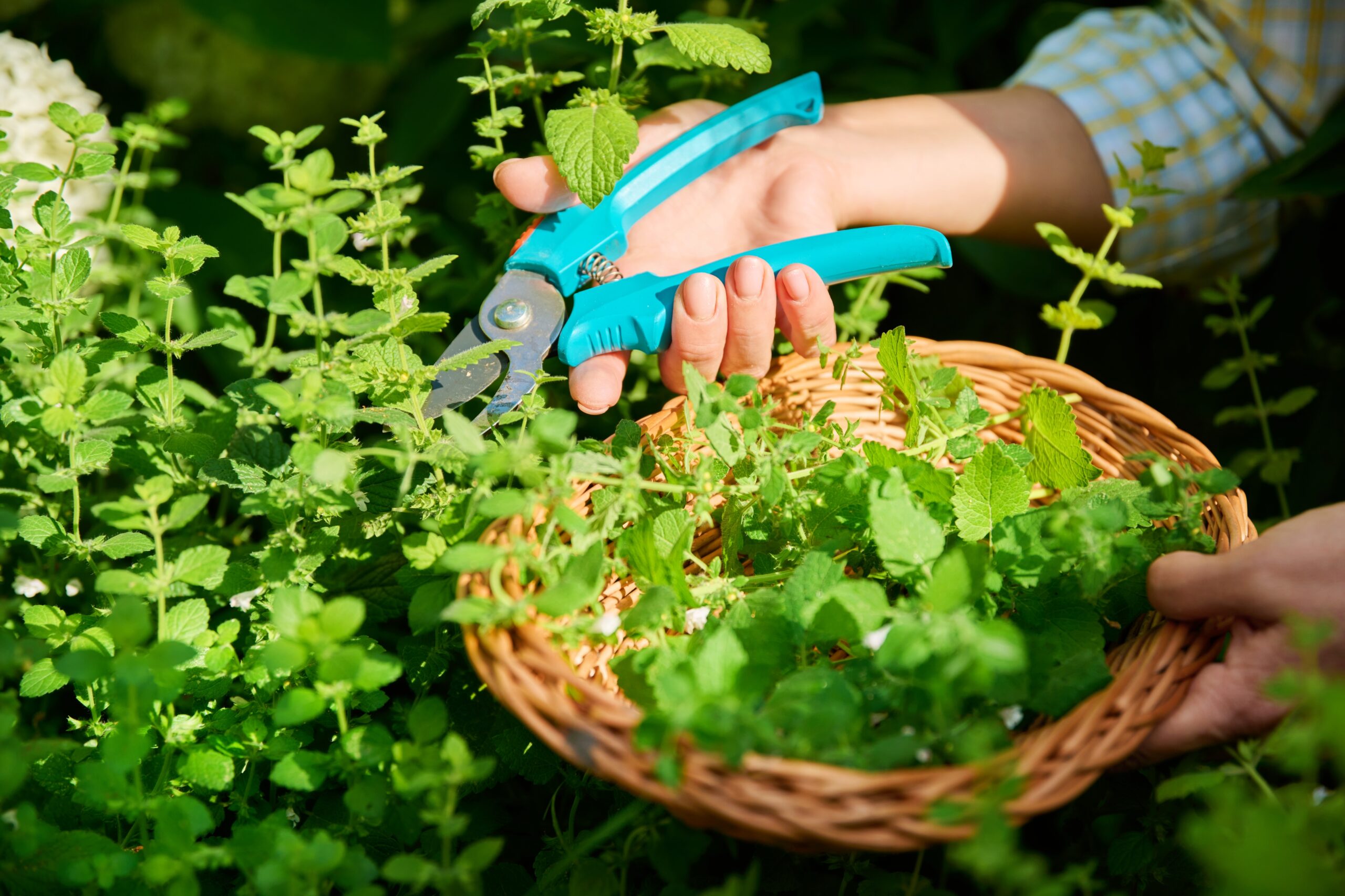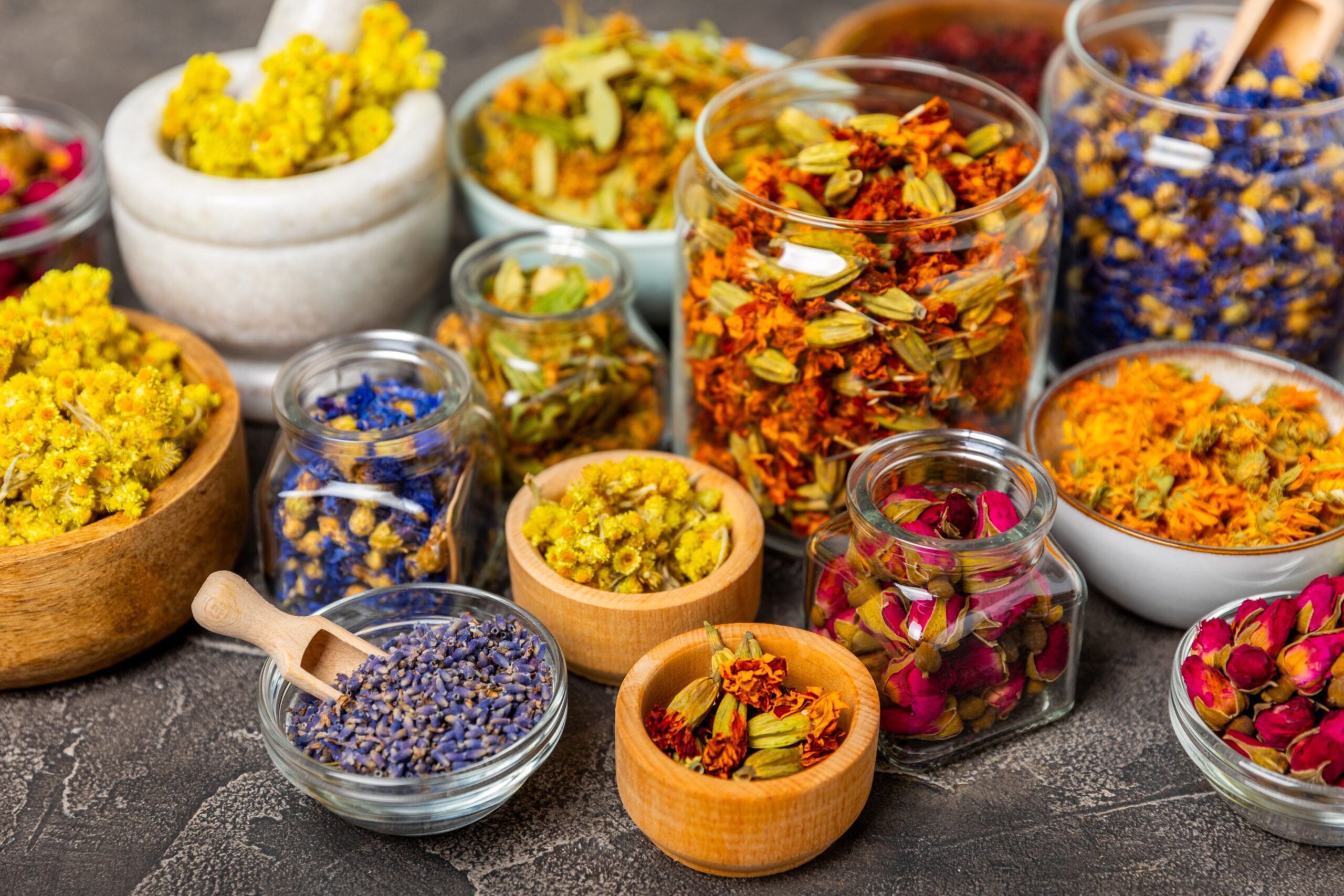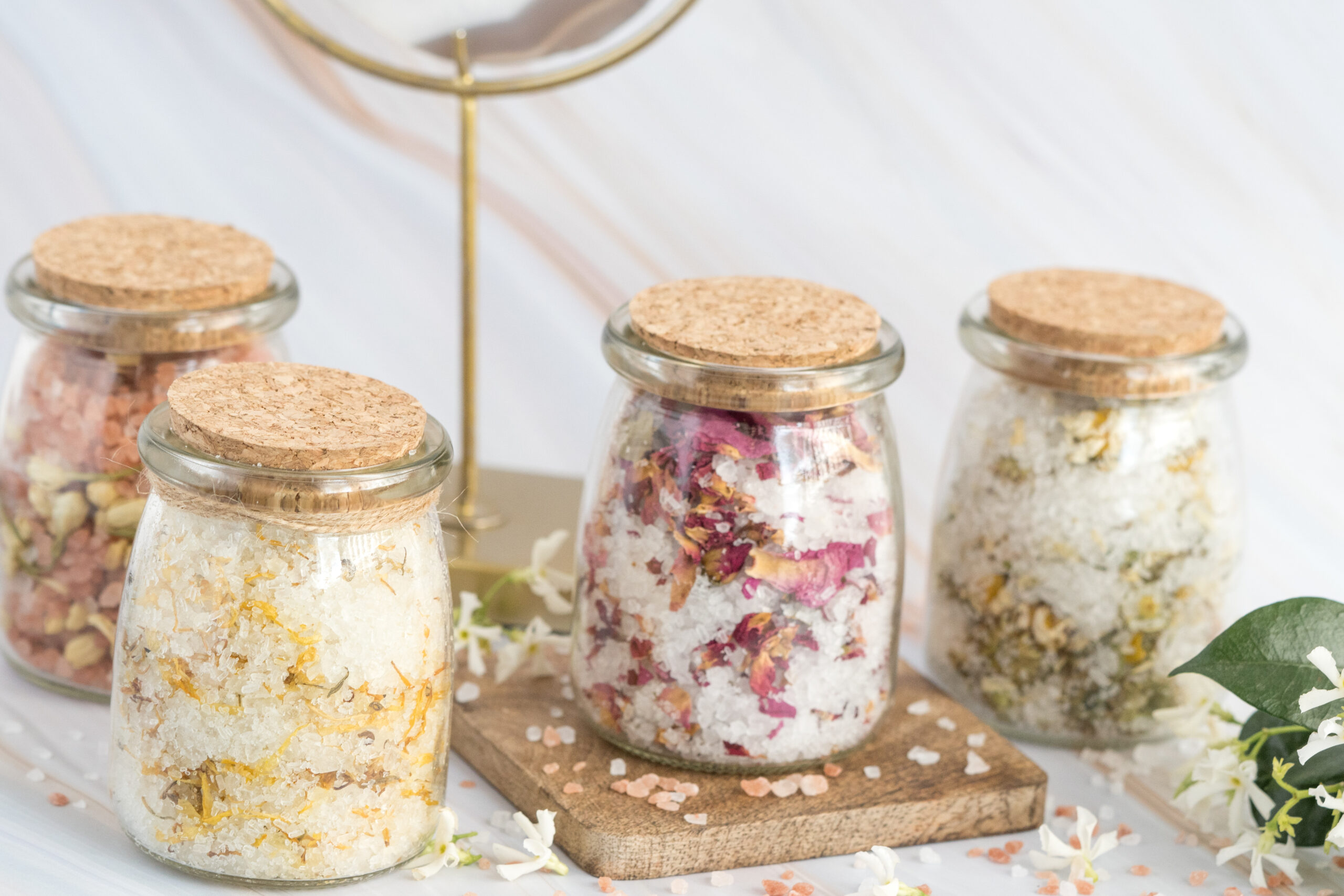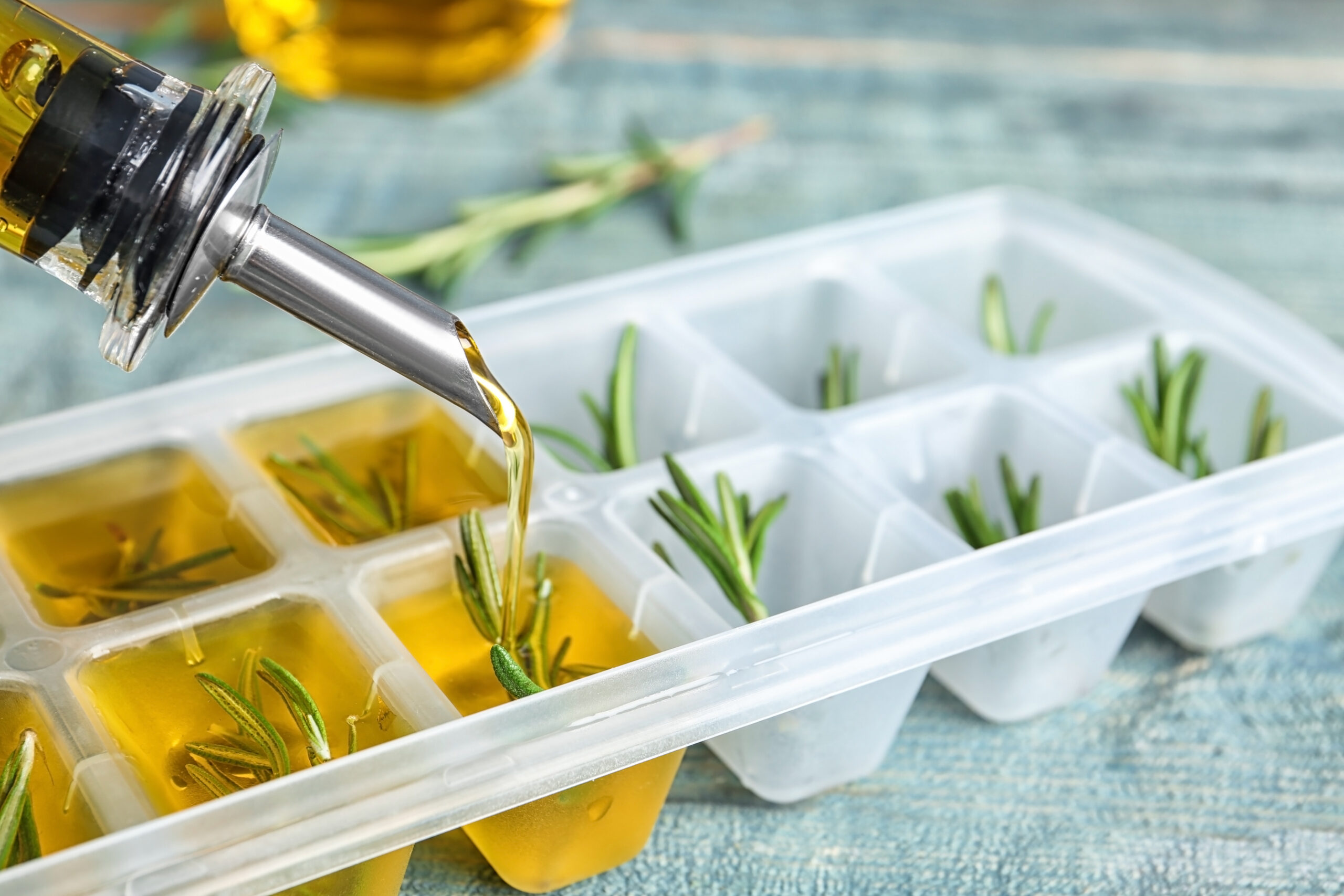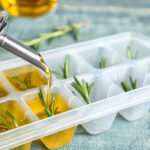Fresh herbs can turn a simple meal into something spectacular — but they don’t last forever. Instead of tossing wilted parsley or forgetting that basil in the fridge, why not preserve your herbs like a chef? In this guide, you’ll learn the best methods for freezing, drying and storing herbs so that nothing goes to waste. With a little prep, you’ll always have flavour at your fingertips — no last-minute store runs required.
Outline
- Why Preserve Herbs?
- Best Herbs for Freezing vs. Drying
- How to Freeze Herbs (Two Easy Methods)
- How to Dry Herbs Naturally or in the Oven
- Storing Dried Herbs for Long-Lasting Flavour
- Extra Tips: Herb Butter, Ice Cubes & Oils
- Common Mistakes to Avoid
- Final Thoughts: Fresh Taste All Year Long
Why Preserve Herbs?
Preserving herbs means:
- Less food waste
- Flavour on demand
- More savings (no more throwing away half-used bunches)
- A well-stocked kitchen that feels chef-level prepared
The trick is knowing which herbs suit which method best.
Best Herbs for Freezing vs. Drying
| Best Frozen | Best Dried |
|---|---|
| Basil | Thyme |
| Parsley | Oregano |
| Chives | Rosemary |
| Coriander (Cilantro) | Sage |
| Dill | Bay Leaves |
| Tarragon | Marjoram |
Soft herbs like basil and parsley freeze well. Woody herbs like rosemary and thyme dry better.
How to Freeze Herbs (Two Easy Methods)
A) Freeze in Ice Cubes
- Chop herbs finely
- Place into ice cube trays (½ to 1 tbsp per cube)
- Fill with water or olive oil
- Freeze, then store cubes in a labelled freezer bag
Use in soups, stews, sautés or pasta sauces.
B) Flash Freeze
- Spread whole herb leaves (e.g. dill, parsley) on a baking sheet
- Freeze until solid
- Transfer to freezer-safe bags
- Squeeze out air and label
Great for quick handfuls when cooking — no chopping needed.
How to Dry Herbs Naturally or in the Oven
A) Air-Drying
- Bundle 4–6 stems together and tie with string
- Hang upside-down in a warm, dry room (away from sunlight)
- Wait 1–2 weeks until leaves crumble easily
B) Oven-Drying
- Spread herbs on a tray lined with parchment
- Dry at lowest setting (around 40–50°C / 100–120°F)
- Leave oven door slightly ajar
- Check every 30 mins (total time: 1–4 hours depending on thickness)
Microwave Option (Quick but risky):
- Microwave between paper towels in 30-sec intervals
- Great for emergency drying — but easy to overdo
Storing Dried Herbs for Long-Lasting Flavour
- Remove stems and store only the crumbled leaves
- Use airtight jars or tins
- Keep away from light, heat and humidity
- Label with name and date
- Replace dried herbs after 6–12 months
Crush dried herbs in your palm before adding to food — it reactivates the oils.
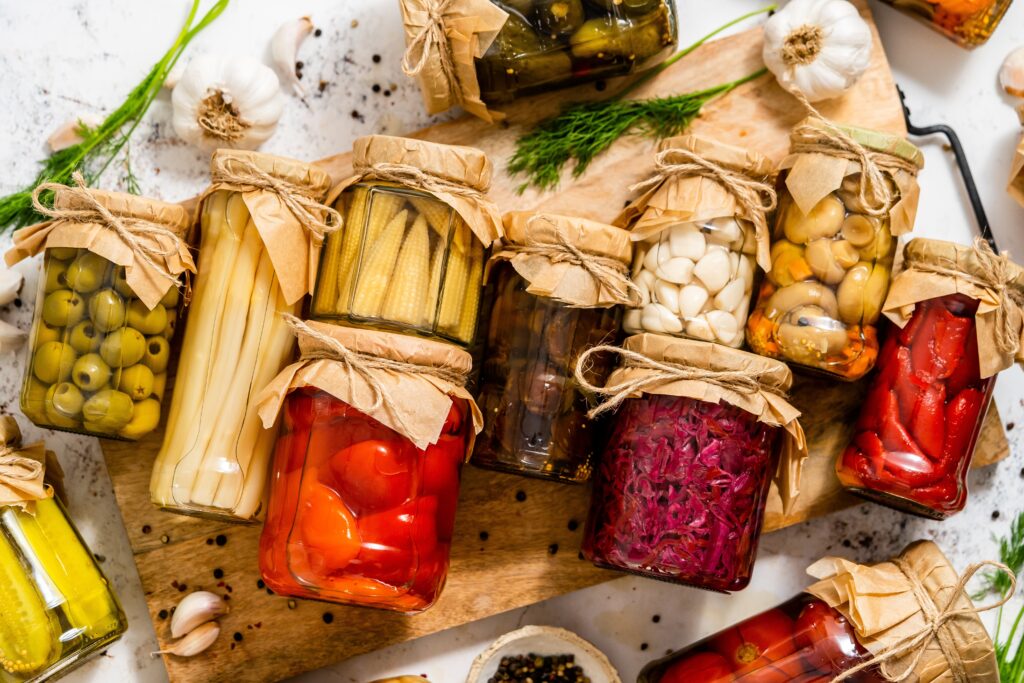
Extra Tips: Herb Butter, Ice Cubes & Oils
Want more creative preservation options?
Herb Butter
- Mix chopped herbs with softened butter
- Shape into logs and freeze
- Slice off discs for quick sauces or toast toppings
Herbal Ice Cubes
- Freeze herbs with lemon juice, wine or broth for flavour-boosting cubes
Herb-Infused Oil (Short-Term Only)
- Store in fridge and use within 1–2 weeks
- Great for basil, garlic, rosemary
Never store fresh herbs in oil at room temperature — it can cause botulism.
Common Mistakes to Avoid
- Freezing wet herbs without patting them dry
- Using brown or wilted herbs
- Storing dried herbs in plastic bags exposed to sunlight
- Forgetting to label jars
- Not adjusting recipes when using preserved herbs
✔️ Preserved herbs are often stronger in flavour — start small and taste as you go.
Final Thoughts: Fresh Taste All Year Long
With just a little planning, you can keep herbs fresh, fragrant and flavourful long after harvest. Whether you’re drying thyme from your garden or freezing leftover coriander from taco night, these simple methods ensure you’re never without a burst of green brilliance in your cooking.
Preserve your herbs. Preserve your flavour. Preserve your peace of mind.


